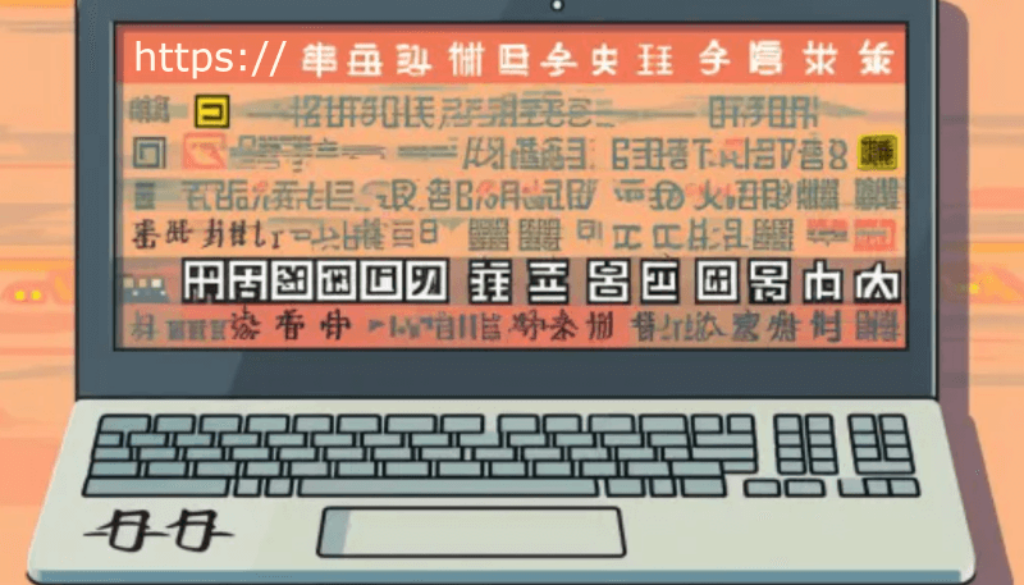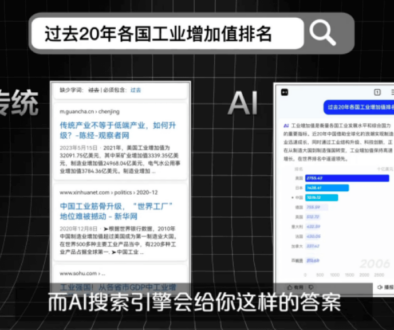🇨🇳 Chinese characters in URLs 🇨🇳
TL;DR: You should use the pinyin transcription or just English for Chinese URLs. Avoid using Chinese characters.
In the last post I wrote about what the Chinese language is and how to use it on our website. The conclusion was: you should use Mandarin as the standardized and simplified Chinese. Mandarin is recommended to use online since most Chinese people use or at least understand Mandarin as it is the official language of the People’s Republic of China. Even though Cantonese (written in traditional Chinese characters) dominates some of the biggest cities as well as Chinatowns around the world, the internet is dominated by Mandarin and simplified characters. But what about using Chinese characters in URLs?
Google’s John Mueller said it’s fine since „Google search uses URLs primarily as a way to address a piece of content. (…) As long as URLs are valid and unique, that’s fine“. On the other hand he says: „Regardless of what you place within your URLs, make it easy for folks to link to your pages. For example, avoid using spaces, commas and other special characters in the URL. They work for Google, but they make linking a little bit harder“.
Baidu definitely understands the Chinese characters and the Chinese search engine can process them even better than Google.
Nevertheless, for the URLs, it is recommended to use pinyin (汉语拼音) – the standardized phonetic transcription of the characters in the Latin alphabet. There are several reasons for this:
- Browsers have always been able to handle Latin script better (Yandex also understands the Cyrillic script very well and it is still recommended to use Latin characters for URLs here as well.),
- The characters in the URL are often displayed as percent-encoded and the URLs are not readable,
- It is more convenient for mobile users to type them.
Baidu has the ability to interpret pinyin as Chinese characters, so it still allows the search engine to understand the content of the page based on the URL.
Most Chinese people who use cell phones know pinyin. They learn it at school even before learning the Chinese characters. On cell phones or computers you type the pinyin transcription (in the form of Latin letters – as it is pronounced) and get suggestions for the matching characters.
There are also other ways to type like typing the radicals (radicals are the basic characters and components of more complex characters e.g. 人 as a person or 木 as a tree; the more complex characters consist of several radicals e.g. 休 meaning to rest or 森 meaning forest) or drawing the strokes (the lines as parts of a Chinese character).
The radicals are probably the second most common way to type. Instead of Latin letters, you see a keyboard of radicals and you choose the radicals which are needed to build the character you want to write. You definitely need some practice to get used to this typing method. Nevertheless, you can write the character without thinking of the pronunciation of the right pinyin transcription. You just use the radicals as components of a complex character instead of drawing every single stroke.
You also have the option to write/draw the characters on your screen, stroke by stroke. Especially older people who didn’t learn pinyin or don’t use pinyin every day prefer this method. Most of the younger people use pinyin. It is easier to use the Latin letters, especially being in a rush or using just one hand.
Regarding the URLs, it is however common in China to leave them in English, not even using pinyin. Baidu does not consider keywords included in the URL as a ranking factor and most people don’t care about the URLs as long as the content is in Chinese.
And besides all of that, e-commerce in China is quite different from Western countries. Their websites serve more like a business card not as a shop, since the Chinese users very rarely buy on producers’ websites.




2023-07-26 @ 7:51 AM
Great post!